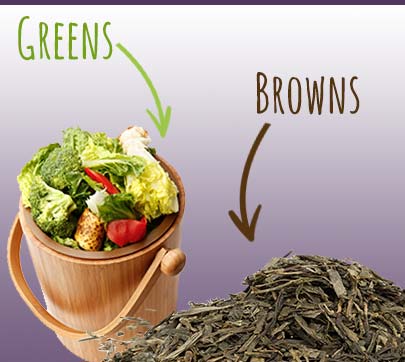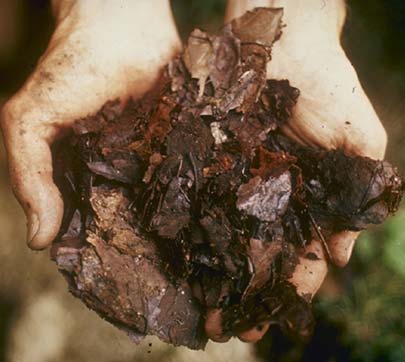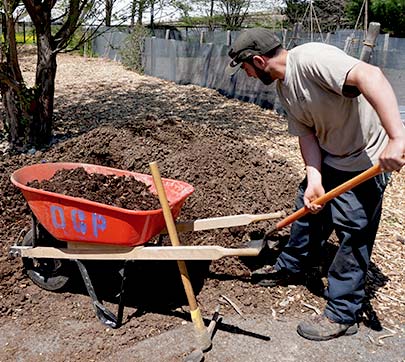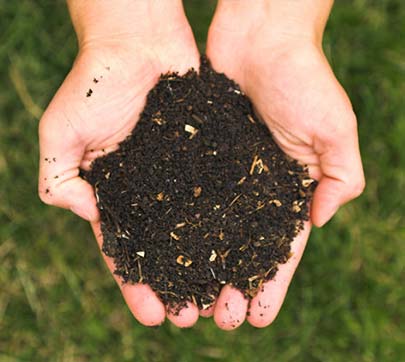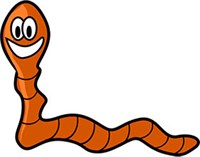Conservation & You
Make your own Compost Pile
Each day, our country fills 63,000 garbage trucks. Over the course of a year, that’s enough garbage trucks to make a line that reaches halfway to the moon! So even though you may be finished with your apple, think twice before throwing the core or peel away.
Rather than throwing your lunchtime leftovers into the garbage, put them to use as compost in your backyard. Composting is nature's process of recycling decomposed organic materials into a rich soil. You can save room in our landfills by tossing scraps into a compost bin, where they eventually become fertilizer for your garden.
So what can you compost?
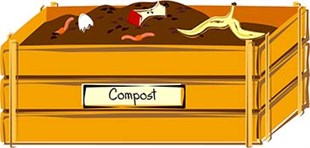 A key for making your own compost pile is to remember four important elements: greens, browns, air, and water. The greens and browns are what make up the pile, but it's the air and water which attract insects and micro-organisms which help to break it all down into compost.
A key for making your own compost pile is to remember four important elements: greens, browns, air, and water. The greens and browns are what make up the pile, but it's the air and water which attract insects and micro-organisms which help to break it all down into compost.
Green layers are made up of moist things like fruit and vegetable scraps, lawn clippings, egg shells, coffee grounds and teabags.
Brown layers typically consist of dry things, such as straw, hay, dry leaves, shredded newspaper or cardboard, sawdust, or pine needles.
There are a few things you should never put in your pile: meat, fish, dairy products, and any bones will not break down or attract unwanted pests.
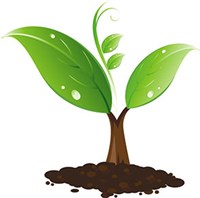 What can you do with your compost?
What can you do with your compost?
It can be a long process, but after all your hard work, you now have a fantastic fertilizer and extremely healthy soil which you can add to plants, your family’s garden, or even bare patches on the lawn to make the grass grow thicker and greener.
No backyard? Try your balcony!
Even if you don’t have a lawn or backyard, you can still save your scraps by making a compost bin. Your container can be any size, as long as it can be stored somewhere easy, like a windowsill, balcony, or porch. Common containers are plastic bins or buckets, or even old trash cans--just make sure there's a cover. You follow the same steps for outdoor composting, just on a smaller scale.
Once you have your compost, you can sprinkle some on houseplants or balcony herb garden for a bloom-boost!
Composting at the Zoo
Even Zoo animals benefit from composting. At Franklin Park Zoo, we compost our scraps and waste by using a vermicompost pit. Vermicomposting is just like regular composting, but in addition to scraps being broken down by micro-organisms, we recruit the help of thousands of worms to take care of the waste.


